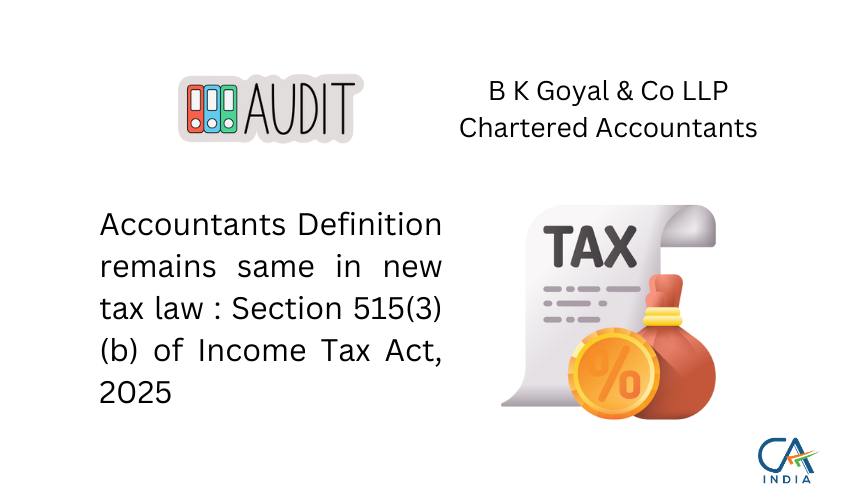Section 123 of Income Tax Act, 2025 : Deduction for life insurance premia, deferred annuity, contributions to provident fund etc
Section 123 of Income Tax Act, 2025 provides for deduction for life insurance premia, deferred annuity, contributions to provident fund etc, replacing section 80C of the old Income Tax Act, 1961 with effect from 01.04.2026. The entire provision of section 123 of the new income tax are produced below: An individual or a Hindu undivided family, shall be […]
